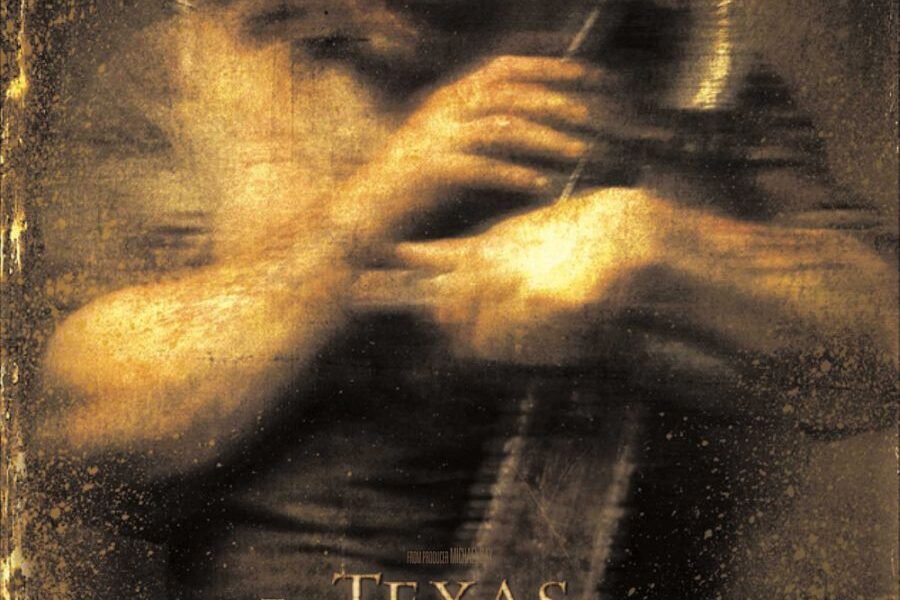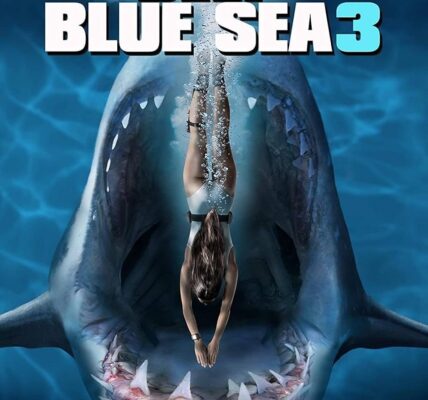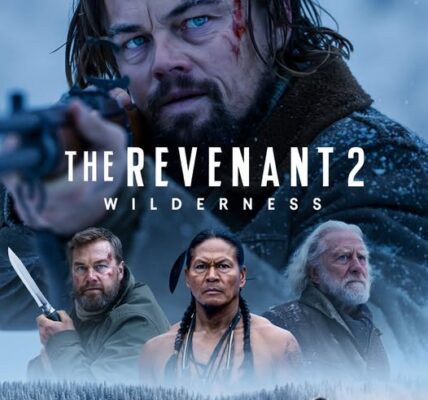🎬 Movie Overview
Title: The Texas Chain Saw Massacre
Release Date: October 11, 1974 (USA)
Genre: Slasher / Horror
Director: Tobe Hooper (co‑writer Kim Henkel)
Cast: Marilyn Burns (Sally Hardesty), Allen Danziger, Paul A. Partain, Teri McMinn, Gunnar Hansen (Leatherface), Edwin Neal, Jim Siedow
Where To Watch: Streaming on platforms like Tubi; available for purchase/rental via Amazon, iTunes, Vudu
1. Plot Summary
A group of young friends travel through rural Texas to check on a family grave site. Along the way, they pick up a disturbing hitchhiker and soon find themselves at the isolated farmhouse of a cannibalistic family. As the night unfolds, brutal violence, psychological terror, and grotesque imagery escalate, centering on Sally Hardesty’s fight for survival against Leatherface and his clan.
2. Notable Elements
-
Raw visual style & cinematography: Shot on 16mm with grungy, grainy visuals that evoke a documentary-like realism, heightening the horror by grounding it in an almost believable aesthetic .
-
Authentic performance moment: Allen Danziger’s famously genuine scream on first seeing Leatherface was unscripted—Hooper kept the mask a secret from the cast to provoke real reactions
-
Iconic set pieces: The bizarre dinner scene, where Sally and her brother face a twisted, bone-laden feast in the house of Leatherface, remains one of the most memorable horror sequences in cinema
3. Themes and Messages
-
Collapse of American civility: The film critiques modern society, depicting the façade of civilization pulled away to reveal decay, exploitation, and brutality beneath
-
Cannibalistic capitalism & grotesque consumption: Leatherface’s family is linked to slaughterhouse work and meat, turning the horror of animal slaughter back onto humans in violent irony—it’s been called “the ultimate pro-vegetarian film.”
-
Final-girl survival & gendered violence: Sally embodies the slasher trope of the lone surviving woman subjected to extreme trauma—her resilience becomes a point of both horror and hope
Advertisement
4. Personal Impressions
Strengths:
-
Its minimalistic intensity and relentless dread make it a landmark in horror; every frame feels fraught and unrelenting.
-
The ambiguity and absence of musical orchestration during violent acts contribute to a raw psychological terror unmatched in many later slashers
Weaknesses:
-
Character development is sparse—beyond basic archetypes—limiting emotional depth beyond the physical horror.
-
Modern viewers may find the pacing slow or less visually polished compared to contemporary horror, though that is part of its texture and impact.
5. Audience Recommendations
Who should watch it:
-
Fans of classic horror and slasher roots who appreciate films made on low budgets with high creativity.
-
Viewers interested in horror as social commentary or psychological terror rather than jump-scare fest.
-
Anyone wanting to see the origins of the “final girl” trope and grindhouse realism.
Who may skip it:
-
Those sensitive to graphic themes or minimal narrative exposition.
-
Viewers preferring modern cinematography or clear character arcs and resolutions.
6. Conclusion & Rating
The Texas Chain Saw Massacre remains one of the most influential and unsettling horror films ever made. A visceral, grim masterpiece of low-budget terror, it reshaped the genre with its realistic brutality, thematic depth, and capacity to unsettle. Its legacy continues to inform horror filmmaking and audience expectations.
Final Recommendation: A must-watch for serious horror fans, film historians, and anyone looking to experience pure, unfiltered terror.
⭐️ Rating: 4.5/5




